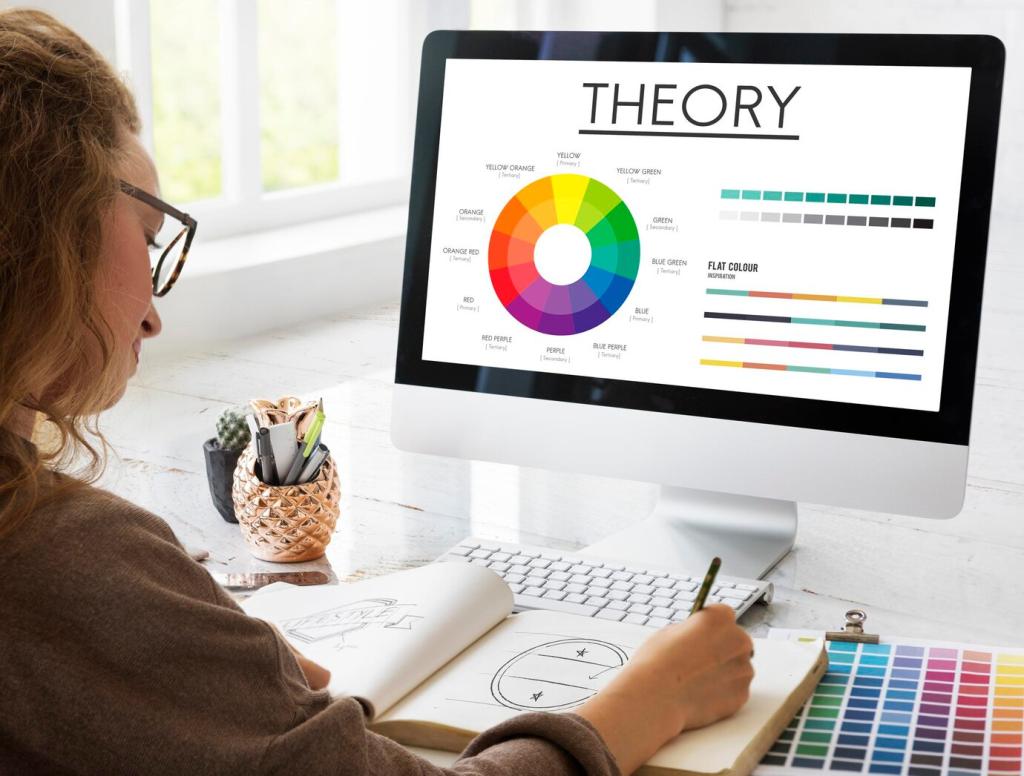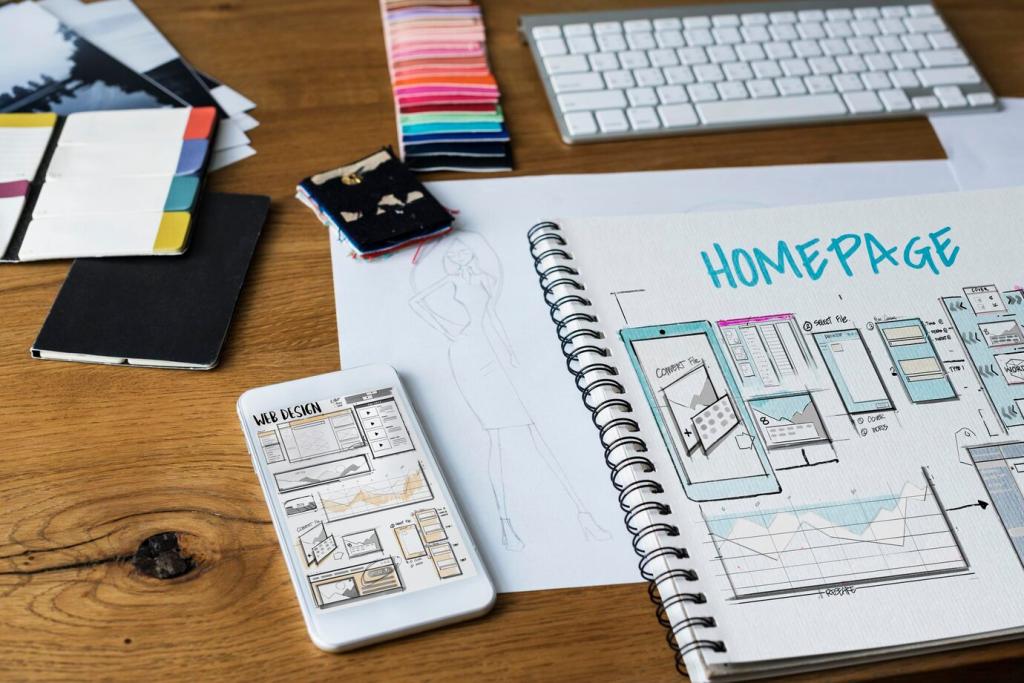Content Architecture and Internal Linking for Authority
Create cornerstone pages—“Small Space Living,” “Sustainable Materials,” “Family-Friendly Design”—then connect related tutorials, case studies, and checklists. This demonstrates depth and encourages browsing sessions that feel like curated studio tours rather than scattered, one‑off blog posts.
Content Architecture and Internal Linking for Authority
Within each project, link to articles explaining choices—paint finishes, lighting layers, storage solutions. From those articles, link back to the project. This reciprocal pattern mirrors real client conversations, turning your site into a cohesive learning experience that invites inquiries.












